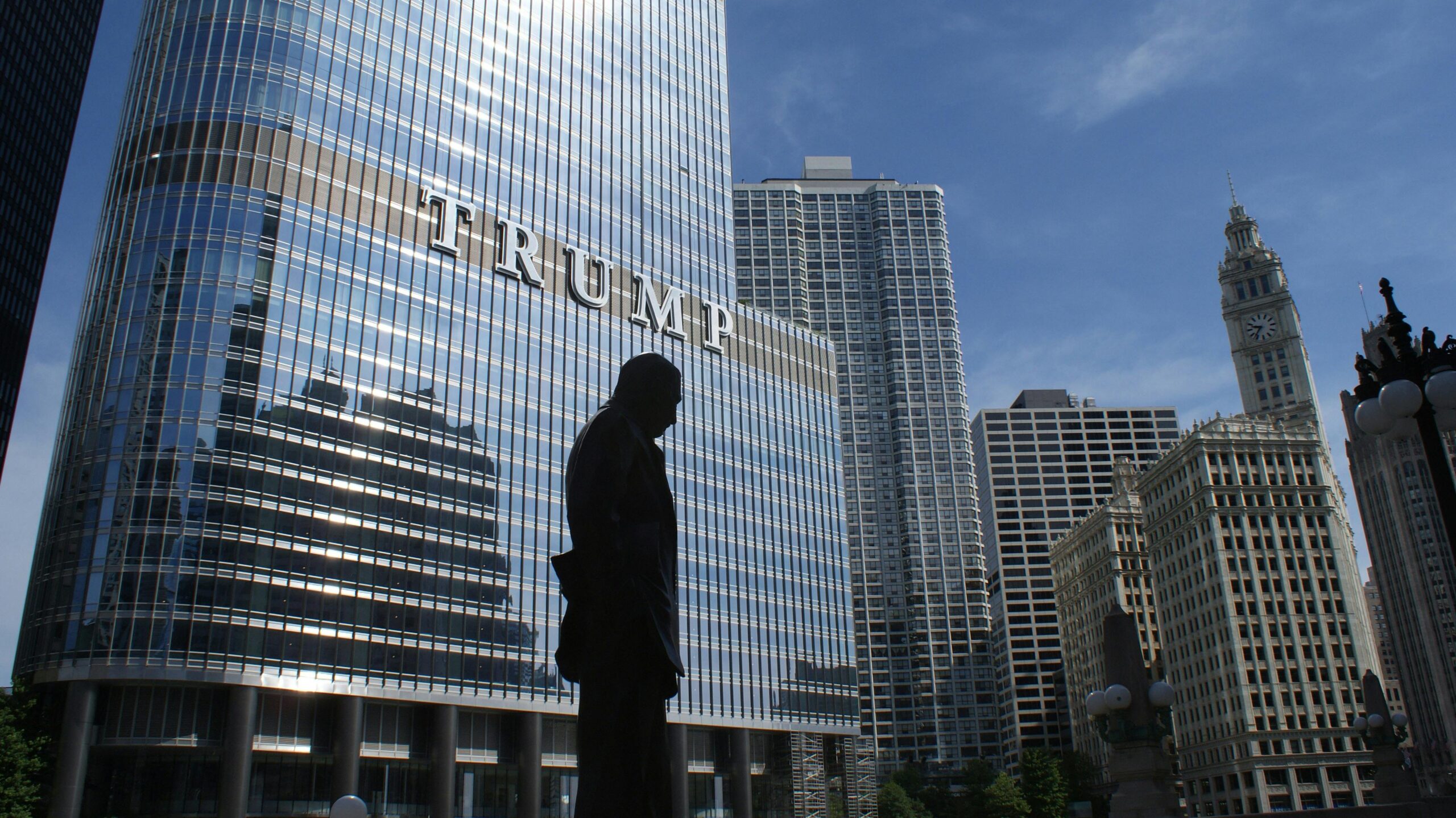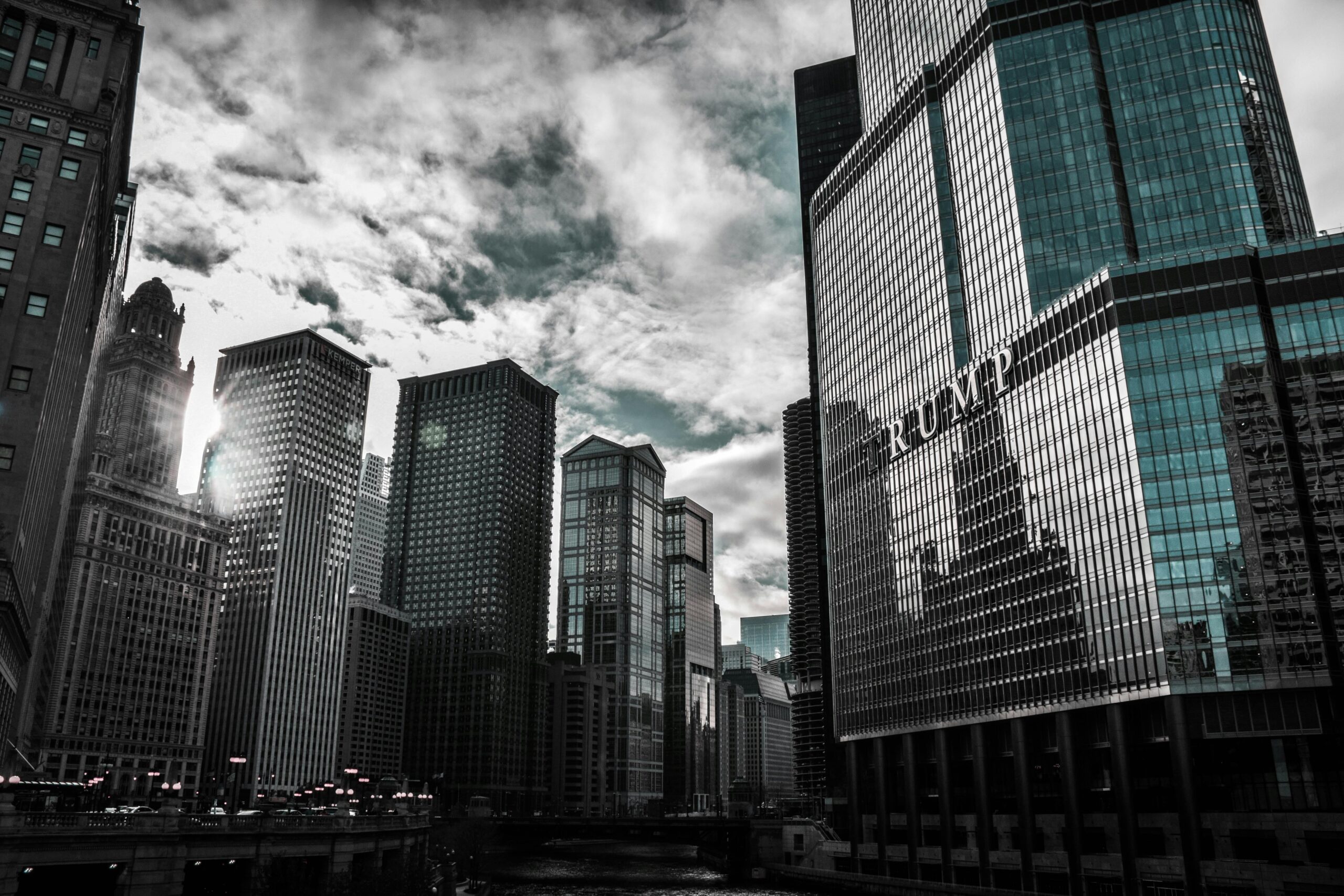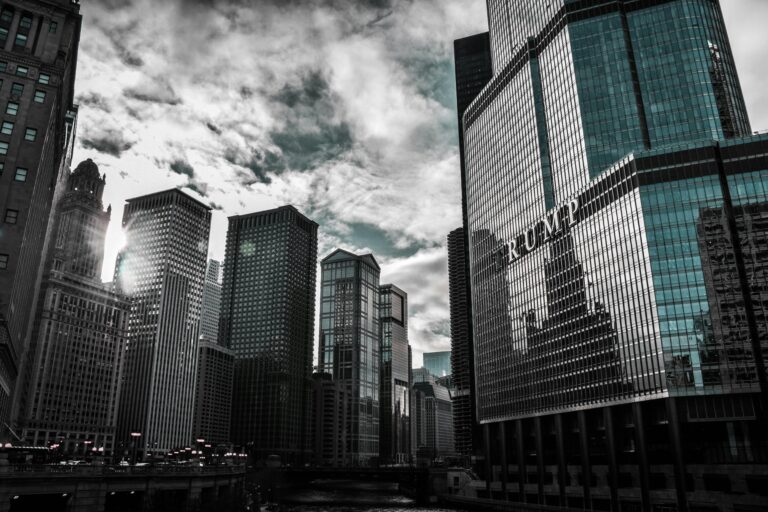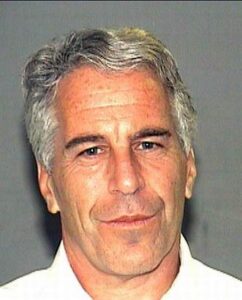
Donald Trump’s name has long stood as a towering symbol of luxury real estate. For decades, Trump-branded towers, hotels, golf resorts, and commercial buildings conveyed extravagance, power, and exclusivity. But in 2025, the legacy of Trump-branded properties faces a pivotal moment. Has the brand withstood political polarization, economic disruption, and changing consumer preferences? Or has it been irreparably tarnished?
This article explores the dual reality facing Trump real estate: a significant decline in some markets, contrasted with notable resilience in others. From New York to Florida to international partnerships, the Trump name remains deeply entwined with the ever-shifting tides of global real estate.
Trump Real Estate in Decline: Urban Luxury No Longer Immune
Perhaps the most visible signal of decline lies in Trump Tower, the crown jewel of Donald Trump’s Manhattan holdings. Located on Fifth Avenue, the property once attracted international buyers, celebrities, and business elites. But in the wake of Trump’s presidency and the political polarization that followed, many New York real estate analysts have reported steep drops in property values.
A 2024 market study showed that Trump Tower units have lost 40–50% of their value compared to 2013 levels, significantly underperforming against the broader Manhattan luxury condo market. Similar depreciation has been seen in other Trump-branded properties in the city, including Trump Park Avenue and Trump World Tower.
Key drivers of this decline include:
-
Political stigma: In Democratic-leaning urban markets, many buyers associate the Trump name with controversy, creating a demand gap.
-
Aging assets: Many Trump properties were built in the 1980s and 1990s. Without major renovations, they lag behind newer luxury developments in both style and amenities.
-
Brand avoidance: Condo boards have reportedly struggled to sell units as buyers express concerns about resale value, building management, and public perception.
In some cases, unit owners have even petitioned to remove the Trump name from buildings, citing reputational and financial damage. This trend has already occurred in several buildings in New York, Toronto, and Chicago.
A Florida Stronghold: Where the Brand Still Wins
While Trump real estate in urban liberal markets has stumbled, it’s quite a different story in Florida. Mar-a-Lago, Trump National Doral, and Trump International Golf Club remain power centers of real estate performance, prestige, and political relevance.
Florida’s demographic trends—specifically the influx of wealthy retirees, remote workers, and conservative-leaning families from high-tax northern states, have bolstered demand for Trump-branded properties. The state’s political alignment and the growing cultural cachet of pro-Trump identity in certain circles have turned these properties into desirable assets rather than liabilities.
Mar-a-Lago, once just a club and residence, now functions as a hub of conservative political activity and elite socializing. Despite legal controversies surrounding its use and security, it continues to drive interest in nearby real estate markets like Palm Beach and West Palm Beach.
Meanwhile, Trump National Doral, a sprawling resort with multiple golf courses and a luxury hotel, has seen increased bookings and revenue. Hosting events for right-leaning organizations, tournaments, and exclusive functions, Doral stands as a revenue-generating anchor in the Trump Organization’s portfolio.
Trump’s International Brand: Still Marketable Abroad
Outside the U.S., Trump-branded real estate continues to attract investment through licensing deals. Rather than building or owning properties outright, the Trump Organization partners with international developers to lend its name and design input in exchange for a fee.
This model has proven particularly resilient in parts of the Middle East and Asia. Projects in Dubai, India, Turkey, and the Philippines are either underway or completed, often promoted as “American luxury living” to elite international buyers.
In early 2025, new deals were announced in Saudi Arabia and Qatar, focusing on luxury towers and branded resorts. These developments appeal to global buyers who associate the Trump name with status and Western affluence—without the political baggage it carries in the United States.
Crucially, these international deals provide steady, low-risk income for the Trump Organization without the need for large capital outlays, making them a strategic hedge against volatility in U.S. markets.
Legal and Financial Pressure on U.S. Assets
The resilience of some Trump properties doesn’t negate the legal and financial pressures the Trump Organization faces. Ongoing civil and criminal cases related to asset valuation, tax filings, and fraud have led to fines, scrutiny, and uncertainty.
In 2024, a New York court found that Trump and his company had overstated the value of certain assets, leading to a substantial financial penalty. Assets like 40 Wall Street—a commercial office tower, were central to the case. The resulting reputational hit, combined with post-pandemic struggles in the U.S. office market, has made refinancing and attracting tenants more difficult.
High interest rates, rising insurance costs, and a softening commercial market have compounded these challenges. Some analysts believe the Trump Organization may need to sell or restructure parts of its portfolio in the coming years to maintain solvency and liquidity.
Rebranding vs. Reinforcement: What Happens Next?
There’s now a visible divide between buildings that choose to disassociate from the Trump brand and those that embrace it more than ever. In liberal cities, pressure mounts to remove the name from towers in order to attract buyers and reduce resale risk. In conservative enclaves and overseas developments, the Trump name is still a draw.
Real estate professionals suggest three paths for the Trump brand:
-
Reinvention: Trump properties could undergo physical renovations and rebranding, distancing themselves from political associations.
-
Repositioning: The brand could lean into its identity as a conservative luxury niche, targeting a smaller but more loyal base.
-
Divestment: The Trump Organization may eventually sell or license more properties to separate operations from politics entirely.
Regardless of the path, the brand’s future will depend heavily on the outcome of legal matters, political ambitions, and macroeconomic conditions over the next few years.

A Brand No Longer Universal
Trump-branded real estate in 2025 is no longer a one-size-fits-all success story. Instead, it’s a case study in market divergence, shaped by regional politics, demographic shifts, brand perception, and economic headwinds.
In places like New York and Chicago, the Trump name is now more of a liability than an asset. But in Florida, and across select international markets, it remains a badge of identity and a driver of demand.
Whether the Trump real estate brand continues to decline or experiences a second act will depend not just on market fundamentals, but on how the brand navigates an increasingly polarized world. For now, resilience exists, but it is selective and conditional no longer powered by universal appeal, but by strategic alignment with the right audience, in the right place, at the right time.





